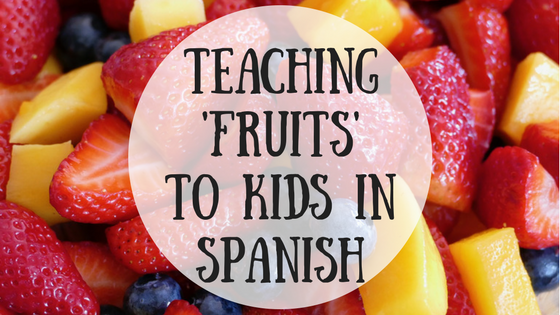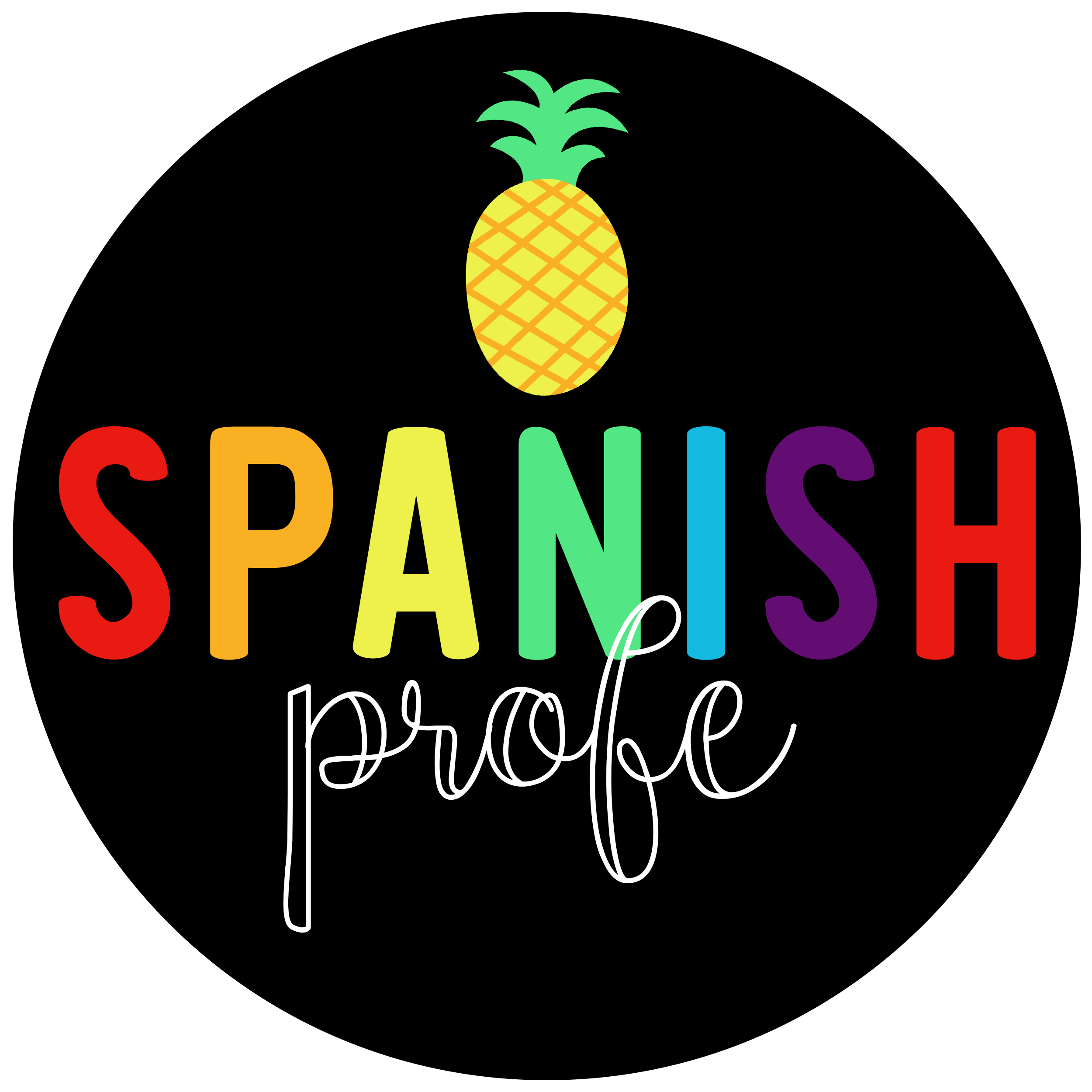Are you getting ready to teach ‘fruit’ vocabulary to your Spanish class? Yay! Teaching about ‘las frutas’ is fun.
Below I compiled a few activities, ideas and resources that you will want to use to teach fruit vocabulary to your elementary Spanish students.
Songs:
Here are videos on YouTube that you can use to teach about fruit or use as an introduction or fun song/dance activity during your Spanish classes.
El baile de las frutas:
La canción de la fruta:
Conga de las frutas:
There is also a nice song on Rockalingua site that you may want to use to teach fruit vocabulary in Spanish; called ‘Las frutas song.’
Activites & Ideas:
There are lots of fun activities you could do to teach fruit vocabulary in a meaningful and fun way in Spanish class.
1- Play Memory or Go fish: Kids love playing games and they often retain vocabulary “playing”. Memory and Go Fish are both great ways to use as quick practices and even something you could send home to extend class lessons or homework or a fun game to use when you have a substitute in Spanish class.
2- Mercado simulation: You could have students bring in fruit to “sell” in a market simulation. Students could take turns playing the roles of the seller and the buyer. This would enable them to not only practice fruit vocabulary but learn meaningful questions, talk about colors, price, weight or quantity and words like “maduro” to describe las frutas. If you don’t want to use real fruit, you could always purchase some plastic fruit from Amazon here.
3- Taste Test: Have students use their five senses to learn about fruits. They could describe what the fruit looks like inside and out (vista). They could smell the fruit (olfato), touch them and describe the texture (tacto), when they bite into the fruit they could describe what they hear (oído). Finally, they could taste the fruit and learn words such as dulce, amargo, salado, etc. (gusto).
4- Make a Fruit Salad: Again you could ask students to bring in a piece of fruit for a fruit salad demonstration. In addition to fruit names they would practice some food preparation words like; wash, cut, peel, etc. You could also have students write the steps to making a fruit salad (Primero, luego, después, finalmente). At the end of the lesson, you could have all eat some of the fruit salad and students could share if they like it or not.
5- Play ‘cadena‘ types of games or speaking activities: You could have the class sit in a circle and do some oral chain activities such as:
One student thinks of a fruit and says “Yo comí fresas.” Next student thinks of a different fruit and continues the chain, “Yo comí fresas y una banana.” Next student picks another fruit and the class says out loud; “Yo comí fresas y una banana y un mango.”
Another oral vocabulary game would be “I’m going on a picnic” there are a few ways to play this game. First, students could say the sentence “Voy en un picnic y tengo que llevar __________.” and each child tries to think of a new fruit that hasn’t been mentioned yet. Another way to play it is have someone, teacher or student come up with a secret rule like only red things) The students take turns raising their hands and say ¿Puedo llevar _________? the person that made the rules tells them ‘Sí o no’ depending on if the item they listed follows the rule. After many students are “invited to the picinic”, the teacher has students guess what ‘la regla secreta’ was.
6- Riddles (Adivinanzas): State the riddles describing different fruits and have students guess what fruit is it. This could be a quick class opener during a fruit unit in Spanish or would work well with most K-2 students.
Hopefully, you found these ideas helpful. Are there any other ways that you use to teach fruit vocabulary to your Spanish students? Please share in comments.










